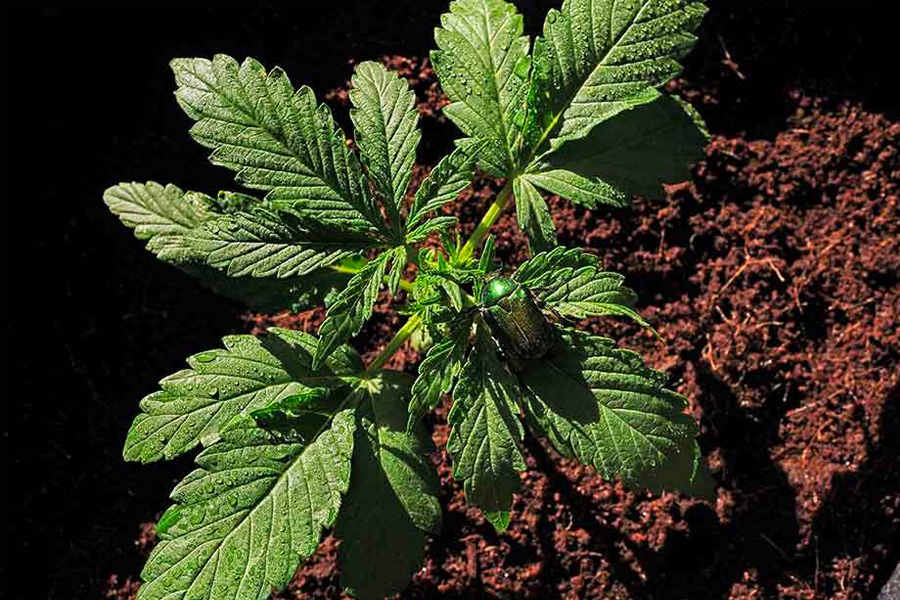Transplanting is a critical stage in a plant’s life cycle, and proper management during this transition is essential for their long-term success. The delicate nature of transplants during the initial week requires careful attention to ensure they root successfully, avoid pest damage, and reach their full growth potential. In this blog post, we will explore some important considerations and strategies to effectively manage cannabis transplants and promote their healthy growth.
Maintain Proper Moisture Levels
After transplanting, it is crucial to maintain proper moisture levels in the top few inches of the soil, particularly along the row of plants. Transplants can dry down faster than expected and are vulnerable to drying out, leading to stunted growth. If using drip irrigation, ensure that the lines do not drift and are placed correctly, as even when positioned 4-6″ away from the plants, problems can arise. Stress during the transplant stage hampers the plant’s potential for optimum development. Ideally, setting plants with overhead irrigation and installing drip lines after the first few cultivations can mitigate this issue. However, flexibility may be required based on water availability and other factors.
Avoid Transplant Stress and Wilting
Transplant day can be susceptible to mistakes, so it is crucial to be vigilant. Stress and wilting in transplanting plants can result from various factors. Hot and dry soil can quickly sap moisture from transplant plugs, causing wilting. To address this, pre-irrigation of the soil before transplanting cannabis is recommended. Additionally, large soil particle size can create air gaps that harm transplant roots. Ensure good tilth and appropriately sized particles to minimize this risk.
Strategies for Smoother Transitions
Just like transitions in life, plants need support during their transition into the field. Here are some strategies to facilitate smoother transitions and better plant adaptation:
- Optimal Planting Time: Initiate transplanting at or before first light to take advantage of cooler temperatures. If possible, choose the coldest day of the week to ensure that the plants don’t experience excessive stress from heat.
- Immediate Irrigation: If using drip irrigation, lay the lines on the bed as soon as the transplants are planted. Start irrigating immediately, ensuring that as the transplant crew progresses through the field, the irrigation closely follows. This ensures consistent moisture for all transplants, minimizing any extended periods of dry soil.
- Sufficient Healing Time: Allow the transplants to become thoroughly established before cultivating or disturbing the soil. Typically, a week (about seven days) is recommended for ensuring proper healing and rooting before any further soil interventions.
Transplant management plays a vital role in ensuring the successful establishment of plants in the field. By paying attention to maintaining proper moisture levels, avoiding stress and wilting, and implementing effective strategies during the transition period, growers can significantly enhance the overall health and growth of their transplants. Take these tips into consideration to optimize your transplant management and set the stage for thriving plants throughout the growing season.
You May Also Want to Read
